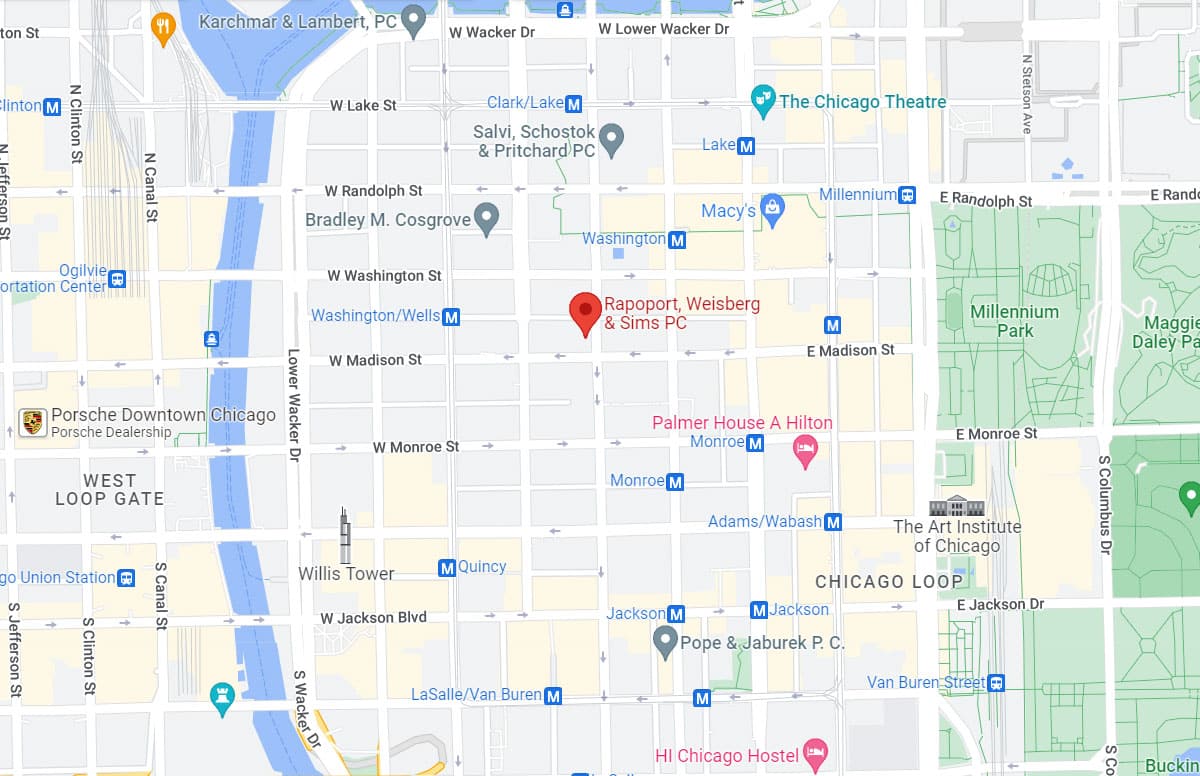You likely heard about a situation last week in which two airline flights, including one from Chicago, landed at Reagan National airport without the assistance of the air traffic controller who had dozed off. Fortunately both plans landed safely, but now there are rumblings within the airline industry about what should happen when a situation like this arises.
While the air traffic controller was obviously not performing his duties properly by falling asleep in the tower, some in the industry are now saying that the pilots of the two planes also acted improperly by landing at the airport even though there was not radio contact with the tower. The planes could have been diverted to another airport or at least stayed in a holding pattern while it was determined why there was no communication with the airport.
While the air traffic controller was obviously not performing his duties properly by falling asleep in the tower, some in the industry are now saying that the pilots of the two planes also acted improperly by landing at the airport even though there was not radio contact with the tower. The planes could have been diverted to another airport or at least stayed in a holding pattern while it was determined why there was no communication with the airport.
A spokeswoman for American Airlines said that their pilot’s decision to land at the airport was in compliance Federal Aviation Administration guidelines for an uncontrolled airport. Indeed there are procedures for landing at an airport at which there is no air traffic controller. But a number of safety experts say that an uncontrolled airport is very different than an airport that is supposed to have 24 hour air traffic control but the tower has gone silent. In those uncontrolled airports landings are generally scheduled in advance to ensure that the runways are clear of any maintenance trucks or crossing traffic.
The FAA investigation of the incident has so far focused mostly on mistakes by the controller and whether they should continue to allow a single controller to work in the tower or if there should always be two on duty. But investigators are also now reviewing the actions of the flight crew. While pilots are generally given final authority about where to land in the case of an emergency neither plane in this case had reported being low on fuel or having any other problems on board that required an immediate landing. There are also other airports that were open and fully staffed within just 20 miles.
Source: Wall Street Journal “Decisions by Pilots to Land Criticized” Andy Paztor, March 28, 2011
